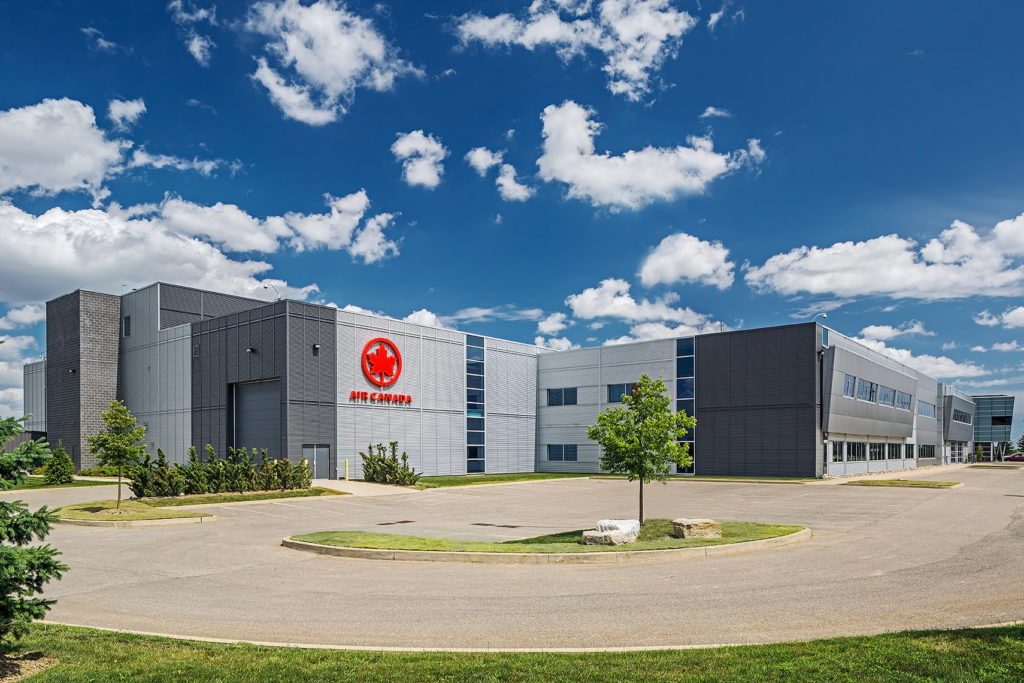Estimated reading time 4 minutes, 40 seconds.
Montreal-based Figurr Architects Collective is carving out a niche in domestic and foreign aviation markets. But rather than focus on iconic airport gateways, its newest division is concentrating on a growing need for training facilities.

The firm began in 1989 as a partnership between Rick Rubin and Stephen Rotman. Originally known as Rubin & Rotman Architects, the company was recently rebranded to Figurr Architects Collective. Rubin, a graduate of McGill University’s school of architecture, remains a senior partner while the aviation division is managed by Keith Johnson.
Over the years, aviation architecture has evolved as one of the firm’s specialties. “In the aviation world, you probably don’t ever talk to architects,” Johnson acknowledged, but Rubin said flight training presents strong growth opportunities.
An early design success was the award-winning JetBlue University on the grounds of Orlando International Airport in Florida, where flight crews, technicians and customer support staff train in “a real-world environment.” The facility includes not only classrooms and an auditorium but also a multiple-simulator hall and a heated outdoor emergency slide/raft pool.
“We’ve designed seven or eight facilities in the United States overall,” Rubin said. “Most recently, we’ve been doing a tremendous amount of work in the Middle East, Kuwait, Qatar and the United Arab Emirates.”
In Canada, the team is working with CAE, Airbus and the Department of National Defence (DND) on the facility at Canadian Forces Base (CFB) Comox on Vancouver Island, where crews will be trained on the new CC-295 fixed-wing search and rescue fleet. “We’re about three-quarters through construction, targeting summer completion,” said Rubin.

Completed DND projects include the Air Mobility Training Centre for CC-130J Hercules transport aircrew and maintenance trainees at CFB Trenton, Ont.; the 450 Tactical Helicopter Squadron’s training, operations and maintenance hub at CFB Petawawa, Ont., home to the Royal Canadian Air Force’s fleet of Boeing CH-147F Chinook transport helicopters; and training facilities at 12 Wing Shearwater, N.S., which provides maritime helicopter support for Royal Canadian Navy operations.
Lessons learned from military projects, coupled with extensive experience in the civil side of the market and strong relationships with equipment suppliers such as CAE, have led to the firm’s recognition that there can be useful design commonalities applicable to a range of projects–some mainly functional, and others purely aesthetic.
The North East Training Center in Morristown, N.J., features a soaring atrium that greets pilots, flight crew and technicians. A centre for corporate aircraft near Newark International Airport, it features 15 CAE simulator bays. Closer to home, Rubin said Figurr is “also working with Air Canada in their Vancouver and Toronto training centres . . . and we’ve built training facilities in Montreal for Air Canada and CAE.”
He said training centres have “a unique design DNA” in that they must often accommodate massive equipment as well as students and sometimes living quarters. “That’s a challenge we do not find in any other building type. Most important, we have a very specific high-end and sophisticated clientele . . . Amenities and location are important to the large corporations who send their highly-paid and time-challenged pilots. They want to get in, they want to get out. We’ve got to make sure they enjoy their experience.”
Johnson agreed efficiency is key. Training centres “have to have a certain number of pilots flow through for training . . . One of the areas we tend to concentrate on is the supporting space for the teaching environments. There’s a lot of subtleties that play a significant role in how people learn and keep them fresh, which is a challenge.”








